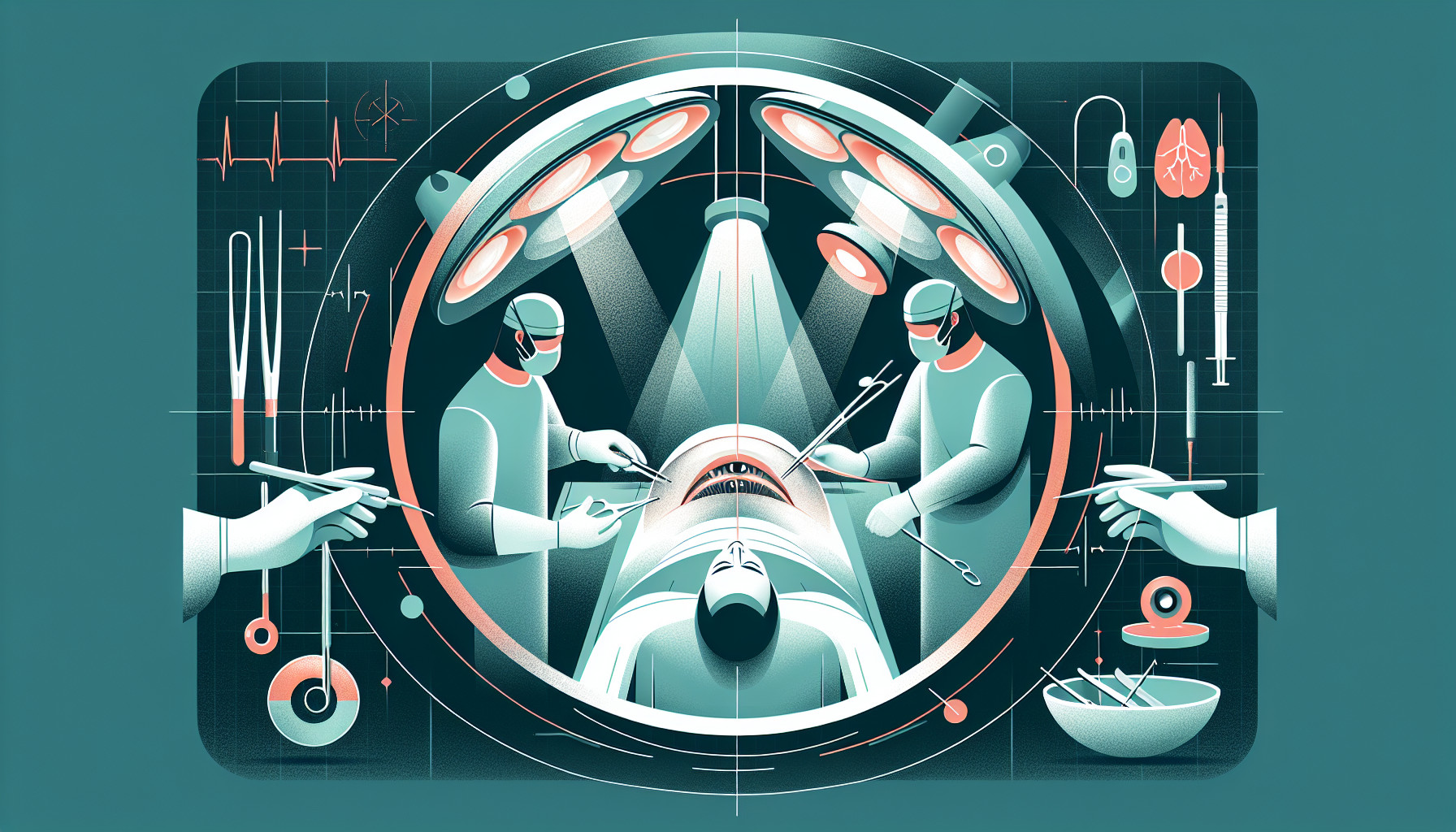Our Summary
This research paper discusses the complications that can occur from a type of eye surgery used to treat cataracts, especially in developing countries. The procedure, known as manual small-incision cataract surgery (MSICS), can have issues related to how the cut (or wound) is made, the opening of the lens capsule, and the method of removing the affected lens. Problems like a poorly made cut or a small opening in the lens capsule can make the removal of the lens difficult. Also, the extensive manipulations inside the eye can increase the risk of swelling of the cornea and inflammation after the surgery. Though this surgery can be used universally, to reproduce good visual results consistently, one needs to overcome a substantial learning curve. The article reviews the complications of MSICS using information from various scientific literature sources.
FAQs
- What is the role of manual small-incision cataract surgery (MSICS) in combating cataract-induced blindness in developing countries?
- What are the potential complications associated with MSICS?
- What challenges are faced in achieving replicable visual outcomes with MSICS?
Doctor’s Tip
A doctor might tell a patient that it is important to follow all pre-operative instructions, such as not eating or drinking before surgery, and to inform the surgeon of any medications being taken. After surgery, it is important to diligently follow all post-operative instructions, including using prescribed eye drops and attending all follow-up appointments. It is also important to avoid strenuous activities and to protect the eyes from dust and water to promote proper healing.
Suitable For
Patients who are typically recommended for cataract surgery include those with significant visual impairment, difficulty performing daily activities due to poor vision, glare or halos, difficulty driving at night, and decreased quality of life due to cataracts. Additionally, patients with cataracts that are causing significant refractive error that cannot be corrected with glasses or contact lenses may also be recommended for surgery. Patients with cataracts that are causing complications such as glaucoma or retinal detachment may also be candidates for surgery. Ultimately, the decision to undergo cataract surgery is made on a case-by-case basis by an ophthalmologist based on the individual patient’s needs and circumstances.
Timeline
Before cataract surgery:
- Patient experiences symptoms of blurry vision, glare, double vision, or difficulty seeing at night.
- Patient visits an eye doctor for a comprehensive eye exam, including a dilated eye exam to diagnose cataracts.
- Patient and doctor discuss treatment options, including cataract surgery.
- Patient undergoes pre-operative evaluations and tests to assess eye health and determine the best surgical approach.
After cataract surgery:
- Patient receives pre-operative instructions for the day of surgery, including fasting and medication guidelines.
- Patient arrives at the surgical center or hospital for the procedure and undergoes preparation for surgery.
- Cataract surgery is performed, either using traditional phacoemulsification or manual small-incision cataract surgery (MSICS).
- Patient is monitored for any immediate postoperative complications, such as increased eye pressure or infection.
- Patient is prescribed postoperative eye drops and given instructions for care and follow-up appointments.
- Patient experiences improved vision as the eye heals and the intraocular lens settles into place.
- Patient attends follow-up appointments to monitor healing and visual acuity.
Overall, the timeline from initial symptoms to improved vision after cataract surgery can vary, but the procedure typically results in significant visual improvement and improved quality of life for the patient.
What to Ask Your Doctor
- What is cataract surgery and how is it performed?
- Am I a suitable candidate for cataract surgery?
- What are the potential risks and complications associated with cataract surgery?
- What steps can I take to prepare for cataract surgery?
- What type of anesthesia will be used during the surgery?
- How long will the surgery take and what is the recovery time?
- What are the expected outcomes of cataract surgery in terms of vision improvement?
- Will I need to wear glasses or contact lenses after the surgery?
- How often will I need to follow up with you after the surgery?
- Are there any specific post-operative care instructions I need to follow?
Reference
Authors: Goel R, Shah S, Malik KPS, Sontakke R, Golhait P, Gaonker T. Journal: Indian J Ophthalmol. 2022 Nov;70(11):3803-3811. doi: 10.4103/ijo.IJO_1812_22. PMID: 36308100
